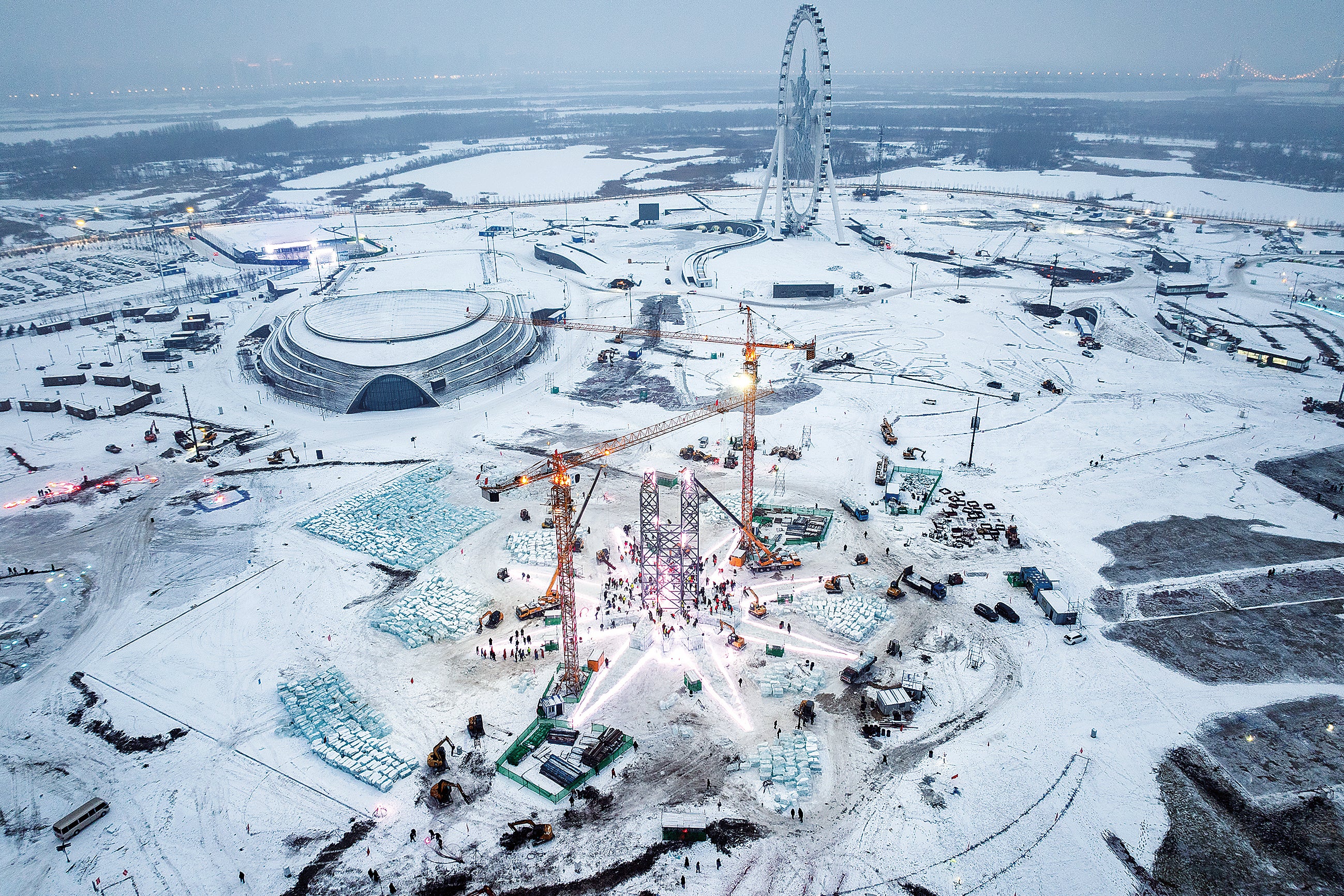Boom year in the offing for winter tourism
THE ARTICLES ON THESE PAGES ARE PRODUCED BY CHINA DAILY, WHICH TAKES SOLE RESPONSIBILITY FOR THE CONTENTS

The tourism market in Northeast China, led by Harbin, Heilongjiang province, is once again proving to be a big draw card this winter with its upgraded facilities after record tourism sales last year.
The Harbin Ice and Snow World theme park, to open in mid-December, will be expanded to 10.76 million square feet from 8.72 million square feet last year. The number of ice and snow slides, highly popular with tourists, will rise from 16 to 24, the local government said.
As Harbin prepares to host the 9th Asian Winter Games in February, the park will also integrate Games elements to create a dazzling snow and ice world.
Bookings of hotels in Harbin have risen more than 50 per cent year-on-year, and the number of searches for travel products related to Harbin last month was triple those of October, Qunar, an online travel agency in Beijing, said.
Modern Hotel of Harbin Madieer Group Co, which is located on Central Avenue, has upgraded its guest rooms to welcome the ice and snow season.
“We will continue to provide personalised services, such as prioritising check-in for elderly guests to reduce their waiting time and offering children’s books and toys, as well as children’s toothbrushes, slippers and baby supplies for families travelling with children to enhance their travel experience,” said Zhang Jinying, manager of the group’s brand promotion department.
Most travellers who have shown interest in visiting Harbin come from cities in the south of the country such as Shanghai, Hangzhou in Zhejiang province, Chengdu in Sichuan province, Nanjing in Jiangsu province and Shenzhen and Guangzhou in Guangdong province.
“Tourists from the south seem to be more enthusiastic about skiing, and some indoor ski resorts in Guangdong have become popular destinations,” said Xiao Peng, a Qunar researcher.
The travel appeal of Harbin is also driving the popularity of neighbouring cities. Hotel bookings in Yichun and Qiqihar in Heilongjiang rose about 50 per cent over last year.
In addition, bookings of flights to Yichun, Qiqihar and Mohe, China’s northernmost city, have all risen more than 40 per cent on a yearly basis, Qunar said.
Last month the State Council issued a guide on stimulating the vitality of the ice and snow economy in the country and proposed 24 measures. By 2027 the value of sales of the ice and snow economy in China is forecast to reach 1.2 trillion yuan (£129.8 billion), and by 2030 1.5 trillion yuan (£162.2 billion).

The growth of ice and snow tourism is likely to drive demand for transportation, accommodation, catering and other sectors, and China’s investment in the sector, including building or expanding ski venues and hotels, has increased, the US business consultant Frost & Sullivan said.
“The main groups who are interested in going skiing in China are young, highly educated and high-income consumers from first-tier cities,” said Sean Jia, partner and managing director of Frost & Sullivan China.
Males account for about 70 per cent of the total, and those born in the 1980s and 1990s account for 80 per cent of all age groups, he said.
In addition to Northeast China, the Aba Tibetan and Qiang autonomous prefecture in Sichuan province has become popular for ice and snow tourism this year, thanks to a newly opened high-speed railway and picturesque glacier landscapes locally.
Wang Wei of Beijing said he had changed plans to travel to Harbin and had booked a flight to Aba.
“I have always wanted to experience the Dagu Glacier, the lowest and youngest glacier in the world, as well as experience the world’s highest-altitude cableway in Aba. The high-speed rail from Chengdu to Aba makes it much more convenient.”
